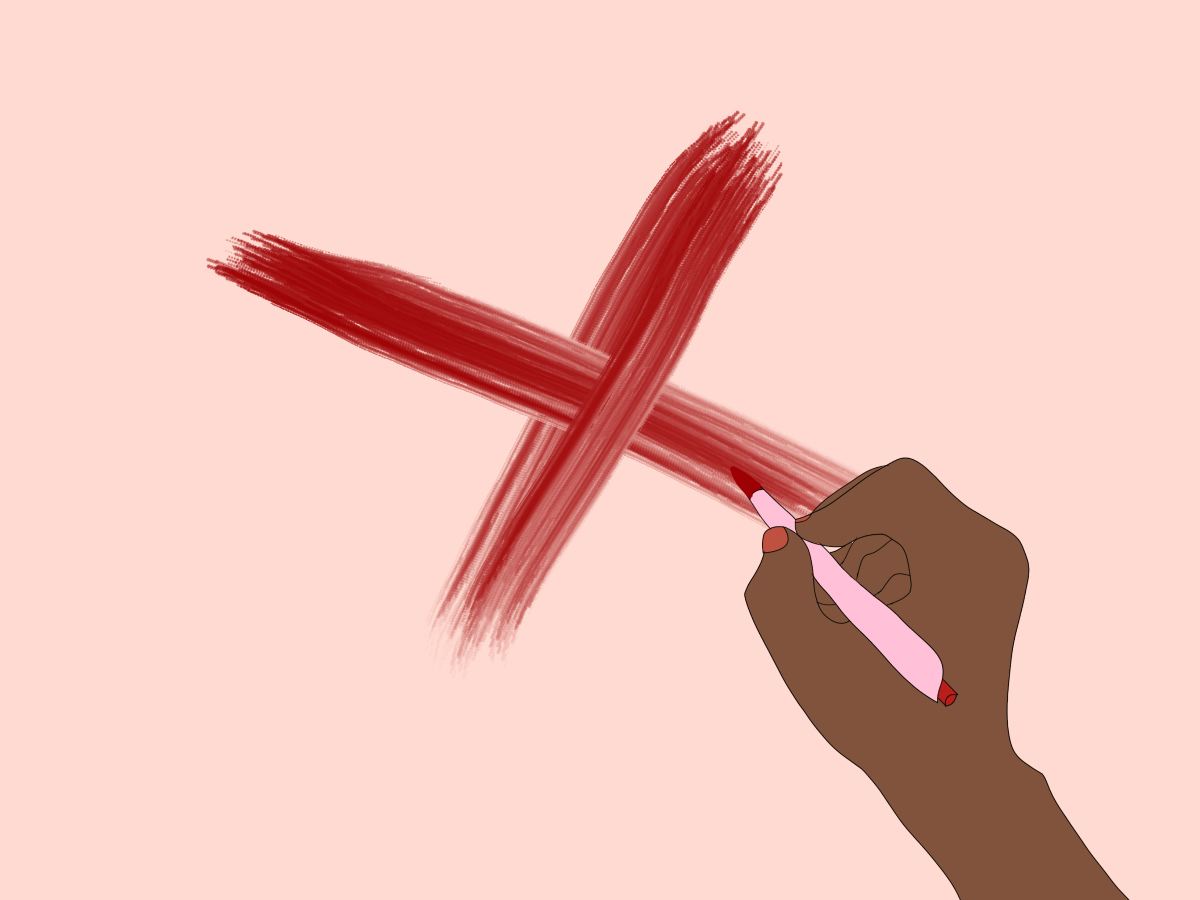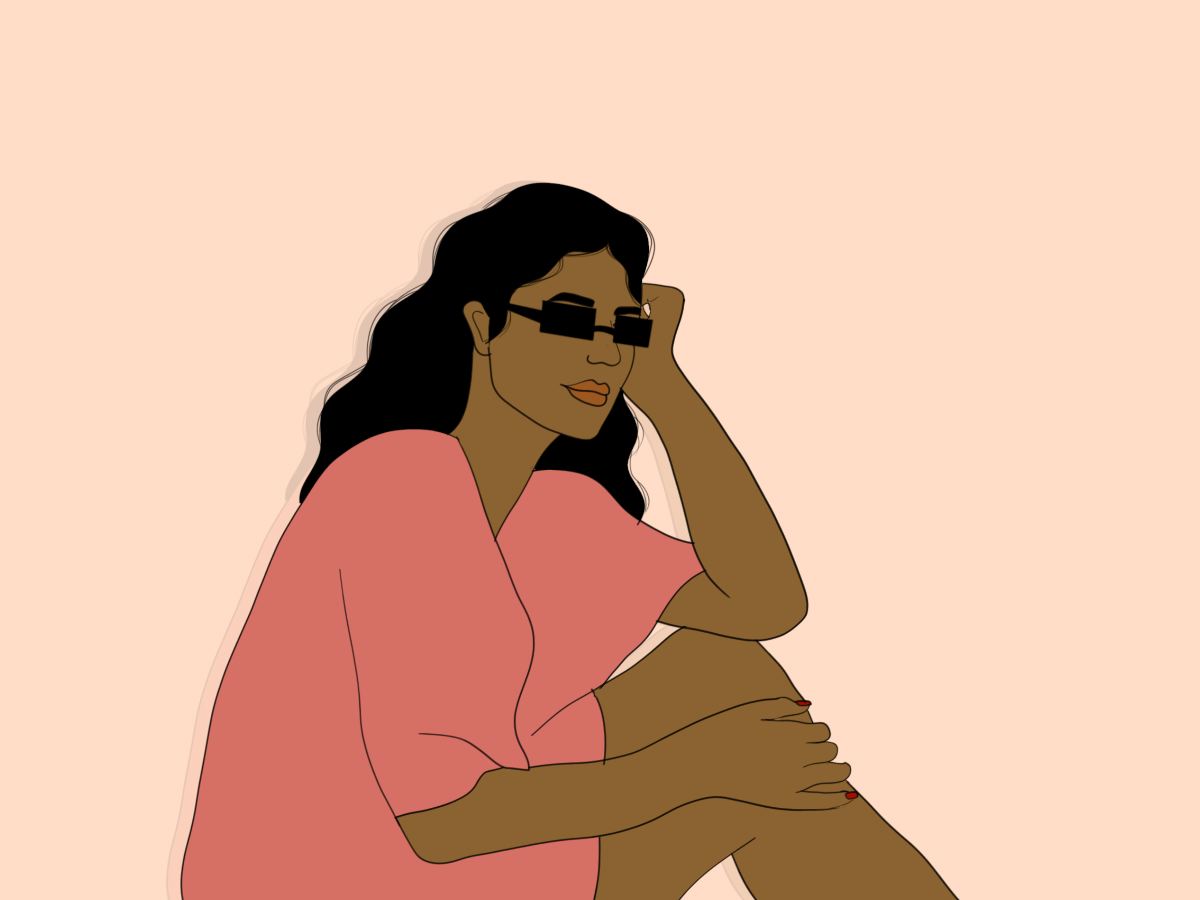Over the years I’ve heard so many misconceptions about the Caribbean. Some are amusing. Others are annoying. And some are so strange that I wonder where they originated from. As someone whose family hail mostly from the Caribbean, it’s hard to ignore the stereotypes that people believe about the islands. To me, the islands of the Caribbean are a beautiful and influential place that inspires my artwork and my culture. In this article I’ll share some of the misconceptions that surround the Caribbean, dispelling each with a look at the reality behind them. I’ll also look at how they came to be in the first place.
It was ‘discovered’ by Christopher Columbus
One of the most harmful misconceptions about the Caribbean is that it was founded by Christopher Columbus. Columbus was a leading perpetrator in the genocide of Native American people living across the Americas. And for that very reason, he did not found any land that was already inhabited before he got there. In fact, Columbus was not the first European to explore the Americas. It is widely believed that Bjarni Herjólfsson, the Norse-Icelandic explorer, was the earliest known European to travel there.
Columbus reached the Caribbean before he reached North America. Yet a lot of this history is ignored in favour of narratives surrounding his encounter with mainland natives in North America. Columbus travelled to the Americas with the desire to find new trade routes to India. After travelling in the opposite direction by accident, he reached the Caribbean instead and colonised it. From there, he and his people enslaved, raped and killed most of the native population. While he was there, he realised that many of the natives he encountered had already survived attempted kidnappings and enslavement by other European travellers – particularly the Portuguese.
Many American children remember being taught in elementary school to see Columbus through a heroic lens as the founder of modern America. Saying that the Americas was ‘discovered’ by Columbus harkens back to the colonial values and prejudices used to disregard the discoveries and inventions of people of colour. Before Columbus, the Taíno, Garifuna, Kalingao, Ciboney, Caribs etc. called the Caribbean their home for thousands of years.
Is Jamaica the centre of the Caribbean?
Due to success of Jamaican celebrities and the influence of its culture around the world, other Caribbean countries comparatively receive less attention on the international stage. But there are many interesting facts about the Caribbean’s culture, arts and technology that has come from more than Jamaica alone.
Haiti was the first Caribbean country to get its independence from French colonisers in 1804.
Puerto Rico has a rich and beautiful Taíno history with museums and galleries dedicated to reviving interest in Taíno culture. Unique and beautiful artefacts from sculptures to family heirlooms and kitchenware give visitors an up close insight into the culture that has influenced Puerto Rico and the rest of the Caribbean.
Grenada is home to an annual world-famous chocolate festival. The Bahamas has a colourful Junkanoo festival celebrated on the 26th of December and the 1st of January. It derives from African customs, particularly Ghana, brought by enslaved people to the island and it is celebrated in varying forms around the Caribbean.
The natural attractions of the islands like the plentiful waterfalls and beaches can be found in every Caribbean country. They offer visitors a tropical and unique backdrop to experience snorkelling, scuba diving, surfing, fishing and of course, sunbathing. And all of the islands are famed for their cuisine. Which is hearty and uniquely mixes the cultural heritage of each island into their respective food cultures.
Do Caribbeans only listen to Reggae?
This is one of the misconceptions about the Caribbean that is more silly than anything else. But the stereotype demonstrates how little people actually know about the Caribbean internationally. My country of origin, Jamaica, is known for reggae, where it originates from. But simplifying Jamaican music tastes often has people believing Caribbeans as a whole only listen to reggae. Which is like suggesting that South Koreans only listen to K-pop or Spaniards only listen to Flamenco. But there are so many other genres that Caribbeans listen to. Caribbeans like to listen to pop music, foreign music, ska, calypso, kontradans, Méringue, dancehall, Chutney and Dub etc.
Especially as I was growing up in the UK, I found that mentions of the Caribbean in the media were relegated to stereotypical footage of people dancing to reggae. This promotes the idea that reggae is not just intertwined with Caribbean culture, but that it solely defines it.
Today, the Caribbean’s music scene is flourishing and thriving with creative artists like Spice, Sevana, Koffee, Lila Ike, Rvssian, Popcaan and Shenseea. Artists who all produce music from different genres across the board.
Aren’t Caribbeans just African?
The Americas is the most ethnically diverse region on the planet.
The early settlers on the island travelled from South America approximately 7,000 years ago. The first wave brought the Casimiroid peoples. Then the Ortoiroid people. And then the Taíno, Maya and Kalinago people who went on to the settle across the continents. The word canoe comes from the Taíno canoa and these were the mechanism through which Taíno used to get from island to island.
One of the misconceptions about the Caribbean native languages is that they have completely died out. What is the truth in reality is that so much of the native languages have become assimilated in the predominately European languages used there. And some people misconstrue these words as having Spanish origin, for example, when in fact they were Taíno derived.
Where do Caribbeans come from?

When the majority of the indigenous population of the Caribbean were killed by European colonisers, they then brought African slaves to replace them. They used these enslaved people to replace the quickly dwindling numbers of the island’s work-force until the African population became the majority. Most of these enslaved Africans originated from the West of Africa, like Ghana, the Ivory Coast, Togo, Benin etc. Some of the remaining enslaved indigenous peoples escaped into forests, mountains and caves. They mixed with enslaved African who had also escaped their kidnapping to become what we now call Maroons.
During the next two hundred years on the islands, the falling number of African slaves were replaced with indentured servants. They mostly came from China, India, Ireland and Scotland, brought by English colonisers. In later years, people from countries like Lebanon, Palestine and Syria escaped persecution in their homelands. They settled as refugees in the Caribbean where many of their descendants remain today.
There is a diverse racial mix in the Caribbean. Most Caribbean today have at least some African heritage. African and European DNA makes up the majority in the Caribbean’s DNA.
All Caribbeans are Christian
Spanish, Portuguese and British colonisers brought various forms of Christianity with them to the islands. Indigenous Caribbeans who survived slavery were forced to adopt Christianity or face execution. Today, most follow Catholicism, Protestantism, Seventh day Adventism etc. But the Caribbean remains religiously diverse as immigrant groups brought new faiths.
The islands are also home to Sephardic Jews, Islam, Hinduism, Sikhism, Chinese Buddhism, Taoism and Chinese folk religions. Rastafarianism originates from Jamaica and despite stereotypes, it makes up a very small percentage of the Jamaican population.
There has been a recent resurgence in the adoption of folk religions in the Caribbean. For centuries, non-Christians who followed some of the earliest religions in the Caribbean like hoodoo, brujería, obeah and Myalism have faced discrimination from Christian groups. This is because colonisers outlawed the practice of any religion that wasn’t Christianity. This legacy has trickled down into modern society.
But as a sure sign things have improved in recent decades, more and more people are reviving old Caribbean spirituality. And as a sign that the Caribbean is moving forwards, since the Caribbean achieved independence from Europe, the laws in place to punish people who follow folkloric religions have rarely ever been enforced.
All Caribbean countries are poor third-world countries
The diversity of Caribbean countries and the relationships these countries have made with superpowers like the U.S. impacts their economic landscape. These misconceptions about the Caribbean demonstrate how stereotypes stick even once a country has made huge developments and progression.
Haiti is the poorest country in the Western Hemisphere as a result of the economic abuse the country has faced from its last coloniser – France. Haiti has owed a huge external debt to France in return for its independence – at least 150 million francs. As well as France finding others ways to demand a constant flow of funds from the poor nation.
On the other hand, The Bahamas is a middle-income country ranked 14th on North Americas GDP scale. This is in thanks to the high level of tourism and offshore-banking that the county receives. The label ‘third-world’ is rarely a helpful or explanatory one due to the fact that no two ‘third-world’ countries are exactly the same in economic growth. The impact of slavery and the financial abuse the Caribbean has suffered still impacts the islands today. They have had a direct legacy on the economic landscape and future prospects of each country.
The only thing the Caribbean offers tourists are beaches
One of the prominent misconceptions of the Caribbean is benevolent on the surface. The Caribbean is famed for its beaches, due in large part to the fact it is an archipelago. The islands heavily rely on tourism and most of the islands are experiencing steady economic growth. But because of its holiday reputation, people often forget that the islands have so much more to offer than sandy beaches.
A place I hope to visit someday is El Cemi Museum in Jayuya, Puerto Rico. The museum sits against lush green mountains and the building is made in the shape of a sacred cemi. A cemi is a sculpture from ancient Taíno culture and it forms an expression of Taíno spirituality. They can represent either gods and goddesses or ancestors. This inviting museum showcases artefacts from the Taíno people. The surrounding land is still home to real, naturally preserved Taíno petroglyphs (rock carvings).
Jamaica offers the unique experience of visiting the previous residence of reggae legend Bob Marley. Visitors can see a guided tour of where he lived and wrote much of his music. This is in Kingston, Jamaica. The Gallery of Caribbean Art in Speightstown, Barbados is a highly sought after art gallery. They diligently present modern and historic art from Cuba to Guyana.
The future of the Caribbean
The Caribbean is home to a richly diverse culture that is offered for the public to see from museum to gallery. The Caribbean is home to natural wonders like waterfalls you can swim in with family such as YS Falls in Saint Elizabeth, Jamaica or Los Haitises National Park in the Dominican Republic. And the Caribbean is becoming a centre of education. Keeping the history of the islands alive with tribes who do community work and education programmes like Yukayeke Yamaye Guani or Higuayagua. With all this to offer, visiting the Caribbean should be at the top of your bucket list!
Find more lifestyle articles here >
Written by Chanté-Marie Young
Illustrated by Francesca Mariama

